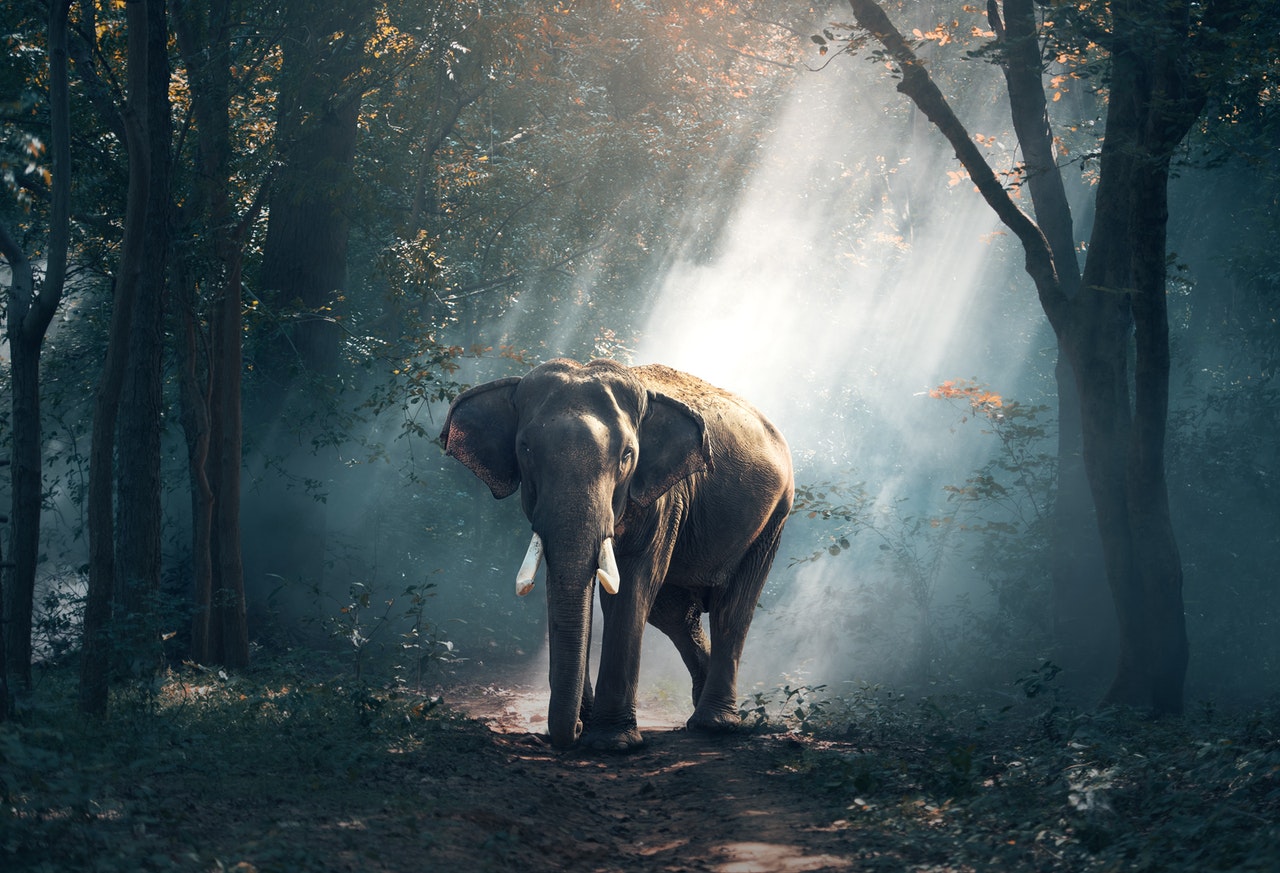AI has been actively used in almost every sector of work to get a human-like experience. Over the last couple of years, the use of AI in conserving wildlife has increased to a great extent. Scientists have been utilizing Artificial technology in collecting data related to wildlife in order to take the necessary actions to combat wildlife problems. As many animals have been extinct due to environmental changes, scientists have been working to find ways to save wildlife to preserve the environment. In this post, we have mentioned the ways in which AI can help to preserve wildlife:
Spotting of Poachers Using UAVs
The University of Southern California Center for Artificial Intelligence in Society has been making use of unmanned aerial vehicles (UAVs) in order to detect poaching activities in the forests. Using these devices, it has become possible for conservationists to spot poachers and locate the positions of animals. With the help of UAVs and machine learning techniques, it is feasible to anticipate poachers’ activity from the results of predictive analysis. Apart from this, neural networks and other techniques are in high use to predict the poaching activity in the forests to protect animals from falling a victim to poachers.
Mapping Out Patrol Routes Using AI Application
The use of AI application can simply facilitate the mapping out of Patrol routes of poachers in order to prevent them from harming animals. Artificial intelligence and machine learning techniques simply help to track the path of poachers which helps to take action against them and prevent them from hunting animals in forests. Once the path and location of poachers are tracked then one can simply continue to take action against the poachers by exposing their illegal activities in the forests.
Use of Robots to do Research about Wildlife
Robots can be used to do research about wildlife and to assess wildlife health as well as habitat. Julian Jewel Jeyaraj, the inventor of AI Boxing Lab has introduced JJAIBOT for tackling poaching problem which can help to study speeding population analysis and conservation action. With the use of predictive analysis, it can collect the necessary wildlife information to conserve wildlife and take action against people involved in poaching.

